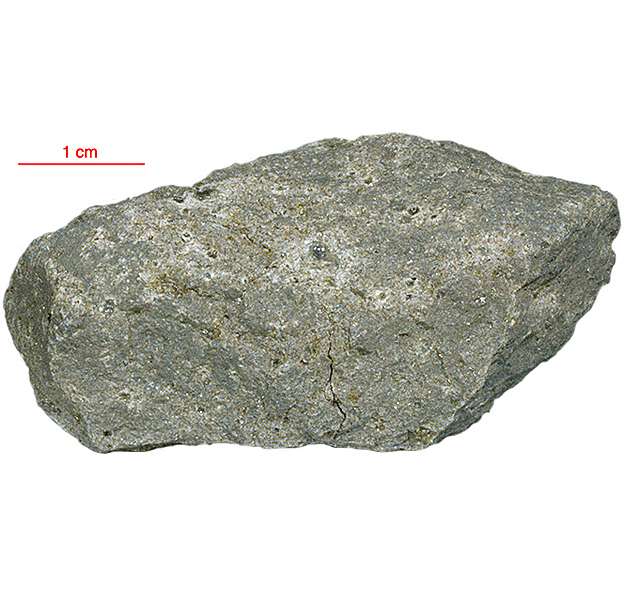
Fact sheet
15676 was collected with 15674, 15675, 15678 and 15683 in a rake sample. Compositionally they are all samples of fine-grained olivine basalt and they include relict partially-resorbed phenocrysts of olivine. The dominant phase, pyroxene, occurs as small granular grain enclosed in and interstitial to plagioclase laths (subophitic texture). A few phenocrysts of pyroxene are also found (see rotation 1). Small olivine phenocrysts have embayed margins and clearly reacted with the liquid during later crystallization. Opaque minerals occur in clumps with metallic iron often forming inclusions in troilite.
The sample weighed 25.5 grams before analysis and has not been dated.
Further details of this and other Apollo samples are here: http://curator.jsc.nasa.gov/lunar/
The Apollo 15 landing site was in the Apennine Highlands, and close to Hadley Rille — a long, narrow winding valley. Approximately 76 kg of lunar material, including soil, rock, core-tube and deep-core samples, were returned to Earth.
This mission was the first flight of the Lunar Roving Vehicle which allowed the astronauts to venture further from the Lunar Module than in previous missions. During three periods of extravehicular activity, or EVA, on July 31st, and August 1st and 2nd, Scott and Irwin completed a record 18 hours, 37 minutes of exploration, travelling 17.5 miles, in the first car that humans had ever driven on the Moon.
Apollo 15 was launched on 26 July 1971.






